The Art Of Doing Less: 7 Scientific Reasons Taking Regular Naps Makes You Smarter
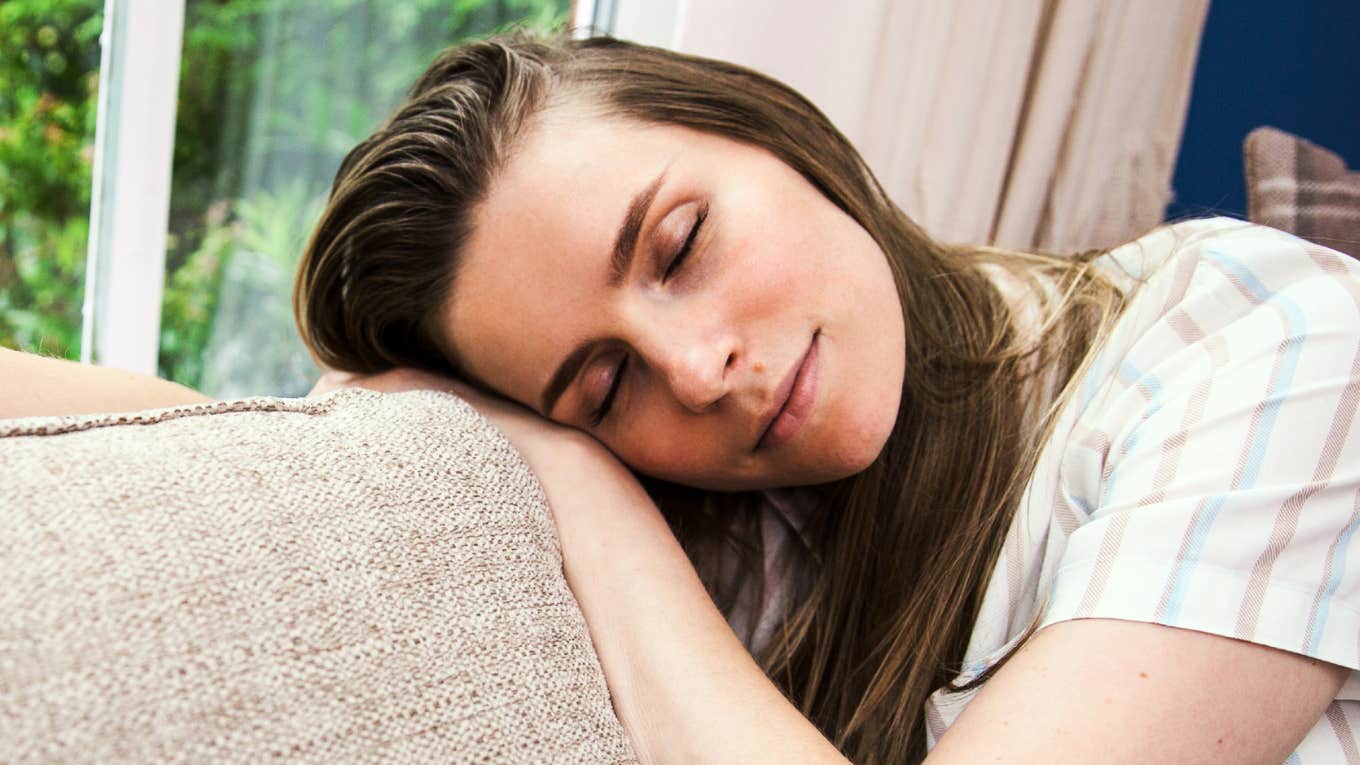 vitapix | Canva
vitapix | Canva A full night’s sleep has a wide range of health benefits, but what if you’re not able to get enough shut-eye at night? Lack of sleep has far-reaching consequences; it contributes to decreased productivity at work, industrial and vehicular accidents, and chronic health issues, including diabetes, heart disease, and depression. A short power nap can reverse some of the damage from a poor night’s rest.
In fact, power napping offers so many healthy benefits, it’s worth looking at the specifics. It can change your life and put you on a real, steady path to meaningful personal development. Chances are, you’ll feel far better about adding a siesta to the middle of your afternoons, it may be one of the best things you give yourself each day, like a beautiful present!
Here are 7 scientific reasons taking regular naps makes you smarter:
1. Napping relieves stress and bolsters the immune system
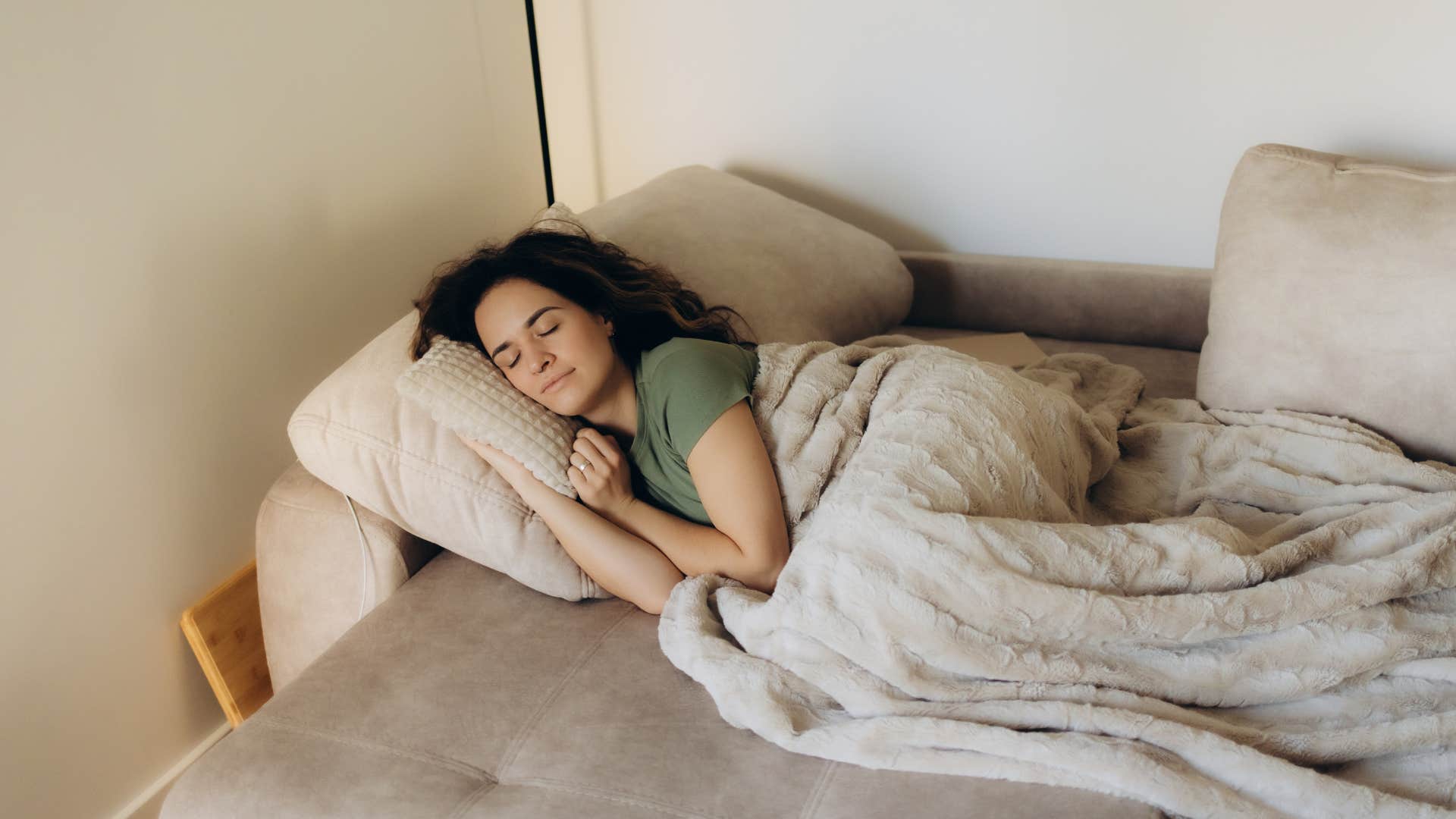 Roman Fenton / Shutterstock
Roman Fenton / Shutterstock
Take a break from your busy day and sneak in a power nap to reduce your stress levels. A study following healthy men found that limited sleep increased their norepinephrine levels two-and-a-half fold. Norepinephrine is a stress hormone involved in the fight or flight response, and it increases heart rate and triggers the release of glucose from energy stores.
After participants were allowed a 30-minute nap, norepinephrine was restored to normal levels. The study also looked at levels of interleukin-6, which are proteins with antiviral properties. Following a night of two hours of sleep, interleukin-6 levels decreased. Following a 30-minute nap, interleukin-6 levels returned to normal.
2. Napping lifts spirits and increases feelings of well-being
 fizkes / Shutterstock
fizkes / Shutterstock
Lack of sleep and crankiness go hand-in-hand. Testosterone is thought of as a male hormone, but did you know it may play a role in the sleep/well-being cycle for both sexes? One study restricted sleep in participants to five hours a night for one week.
Testosterone levels were measured in these young men after this period, and found that testosterone levels were significantly decreased, about the same amount as aging 10-15 years. The highest levels of testosterone were measured after sleeping 10 hours a night.
3. Napping reduces risk of heart disease
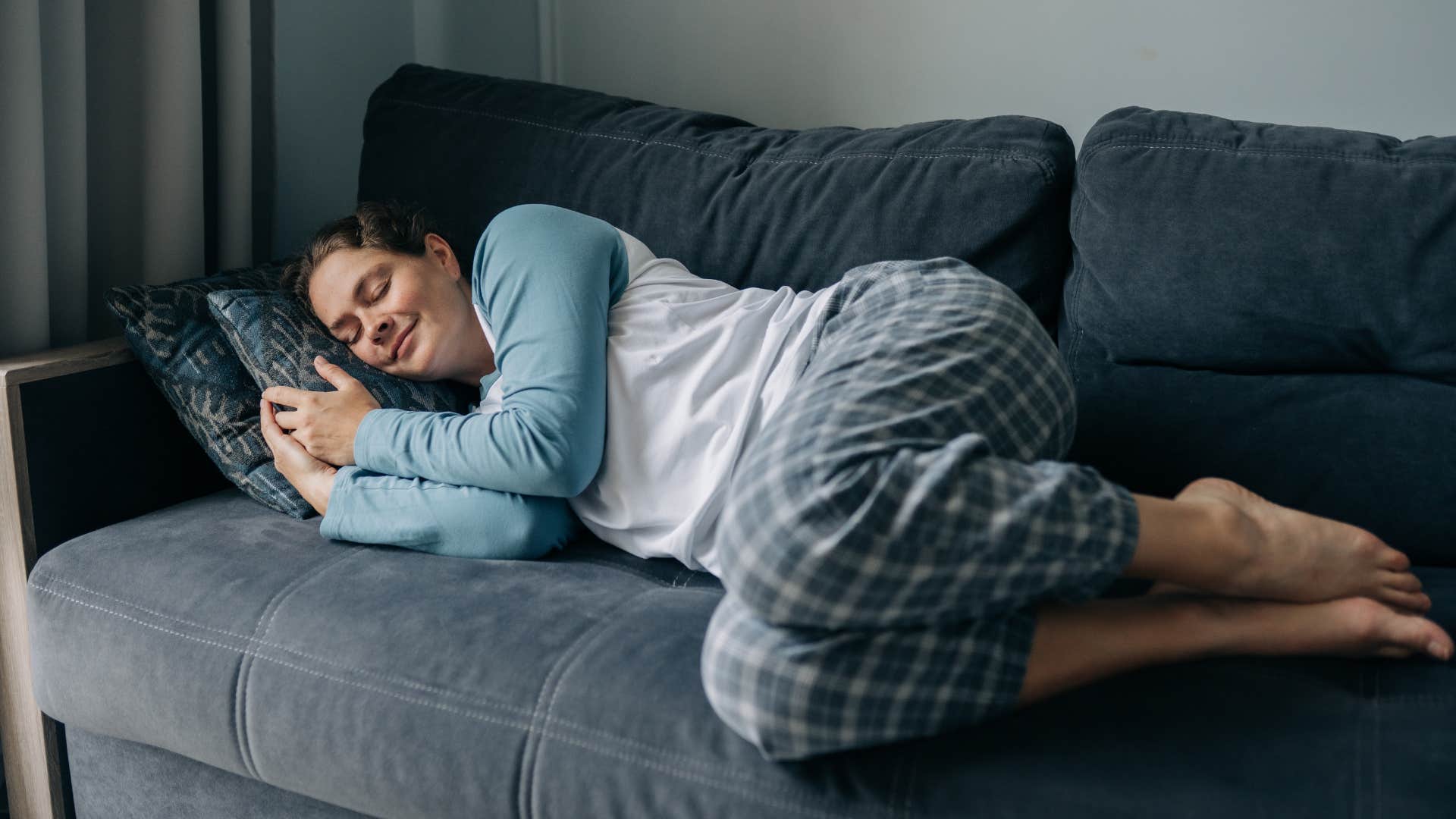 Ilona Kozhevnikova / Shutterstock
Ilona Kozhevnikova / Shutterstock
Lack of sleep can pose serious consequences for those with high blood pressure. A study following 234 people with high blood pressure found that those who slept six hours or less per night were twice as likely to have resistant hypertension. Resistant hypertension is defined as having a blood pressure of 140/90 mmHG or higher after taking three or more medications intended to lower blood pressure. One study found that just expecting an afternoon nap can lower blood pressure.
4. Napping decreases risk of many diseases
 GBJSTOCK / Shutterstock
GBJSTOCK / Shutterstock
Sleep loss is associated with an increased risk for many chronic health problems, including obesity, diabetes, high blood pressure, and depression. One study looked at sleep deprivation at the cellular level and found that lack of sleep causes damage to cells, in particular the liver, lung, and small intestine. The good news is that recovery sleep, in the form of a nap, restores cell damage and further decreases cell injury.
Think of naps as preventive medicine without the copay. When you consider how many serious health issues are linked to poor sleep, stealing 20 minutes in the afternoon starts looking less like laziness and more like basic self-care.
5. Napping increases bone health
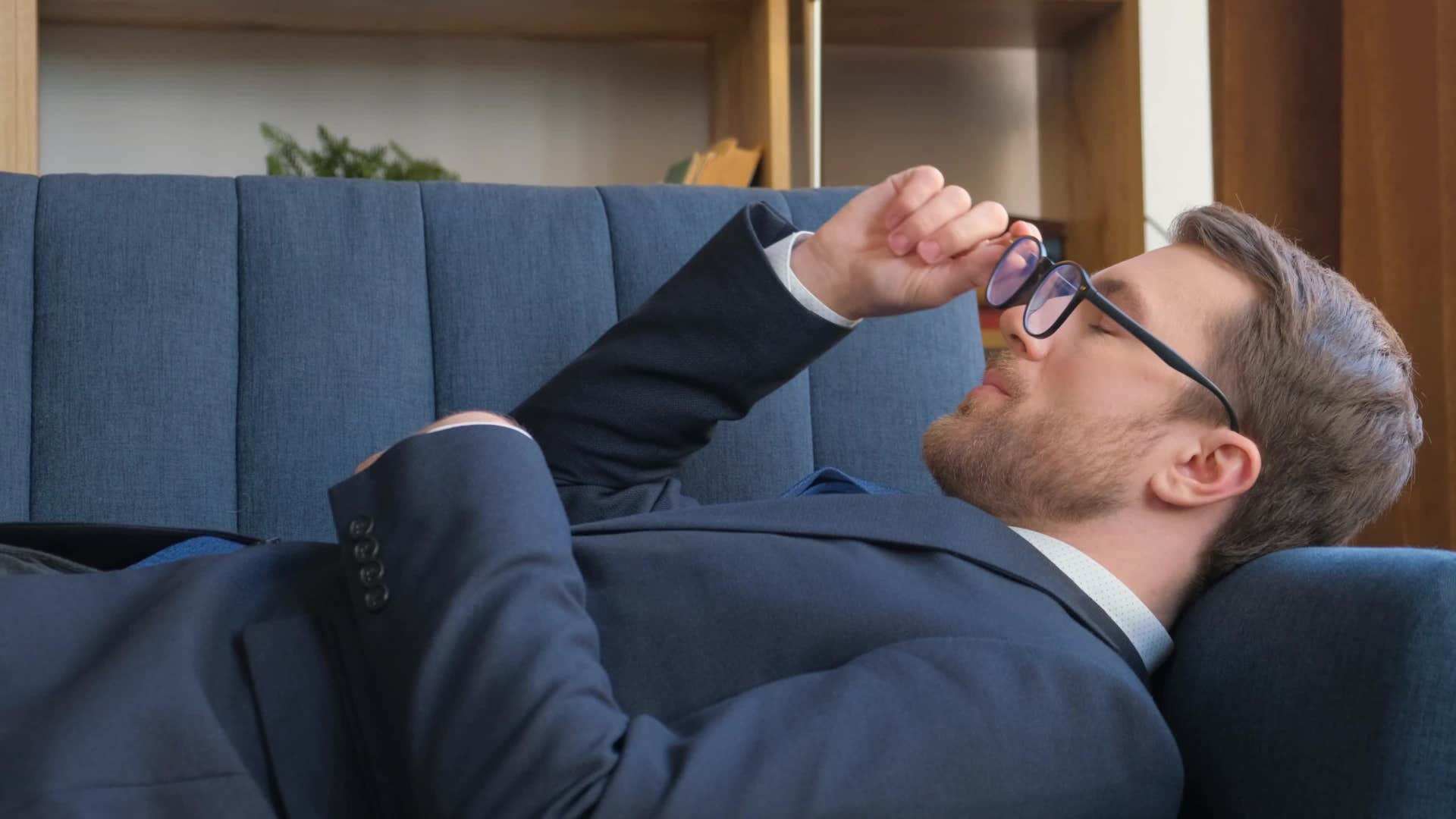 berdiyandriy / Shutterstock
berdiyandriy / Shutterstock
Believe it or not, napping helps your bones as much as it helps your brain. Research indicates that lack of sleep can impact bone health. As we sleep, bones repair themselves. If we miss out on necessary sleep, bone density decreases, which may lead to osteoporosis. This is especially important as we get older and our bones naturally become more fragile. A quick nap now might save you from a hip fracture later, which sounds dramatic but is actually pretty accurate.
6. Napping boosts productivity
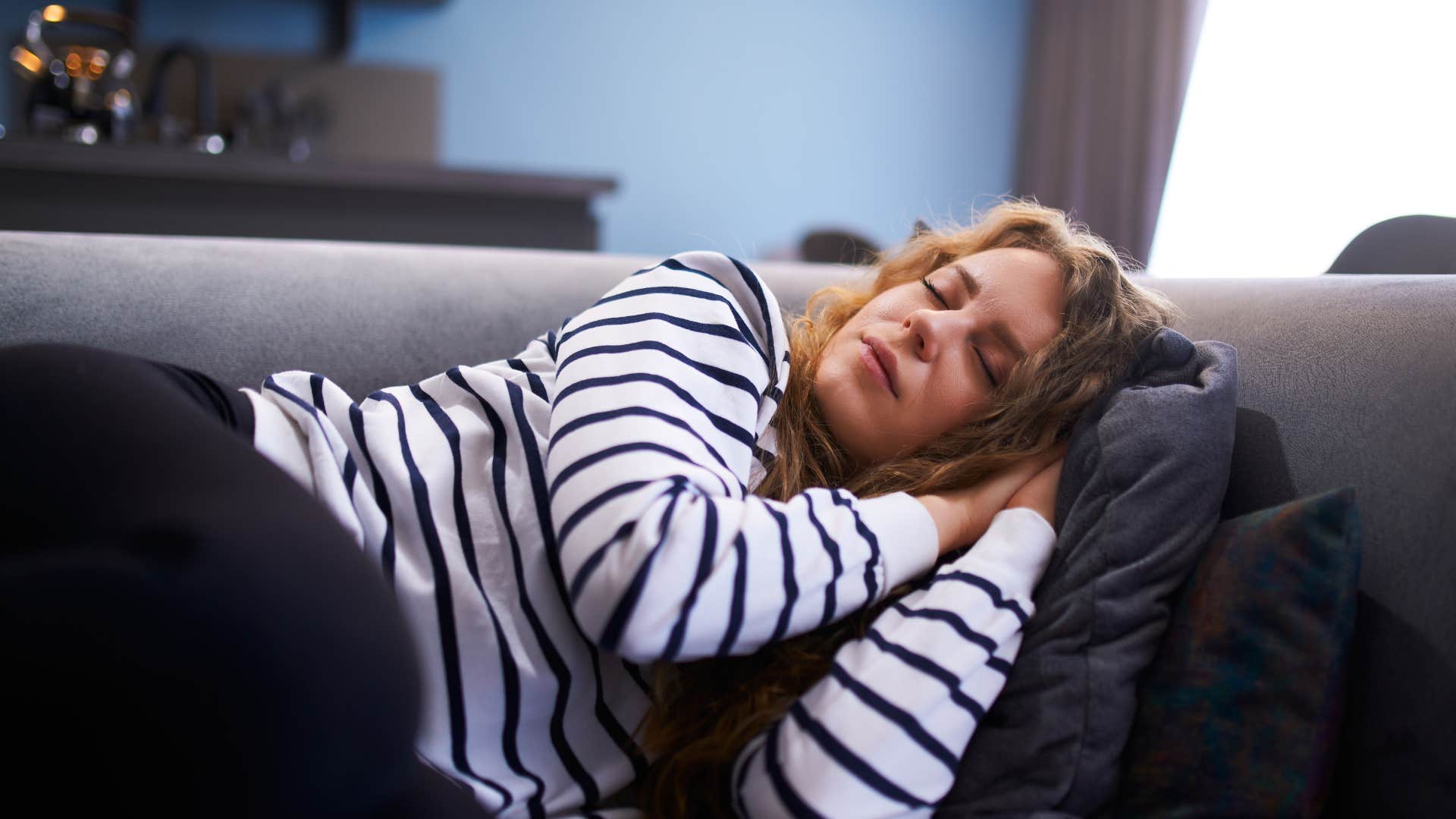 Artie Medvedev / Shutterstock
Artie Medvedev / Shutterstock
People who are sleep deprived can’t sustain productivity without a power nap. Researchers at the Salk Institute for Biological Studies found that naps enhance productivity even in subjects who get adequate sleep at night. It seems backwards that doing less work actually helps you get more done, but your brain isn't a machine that can run nonstop. Even people who slept well the night before saw their performance improve after a midday rest, which means naps aren't just damage control for the exhausted.
7. Napping improves memory and learning
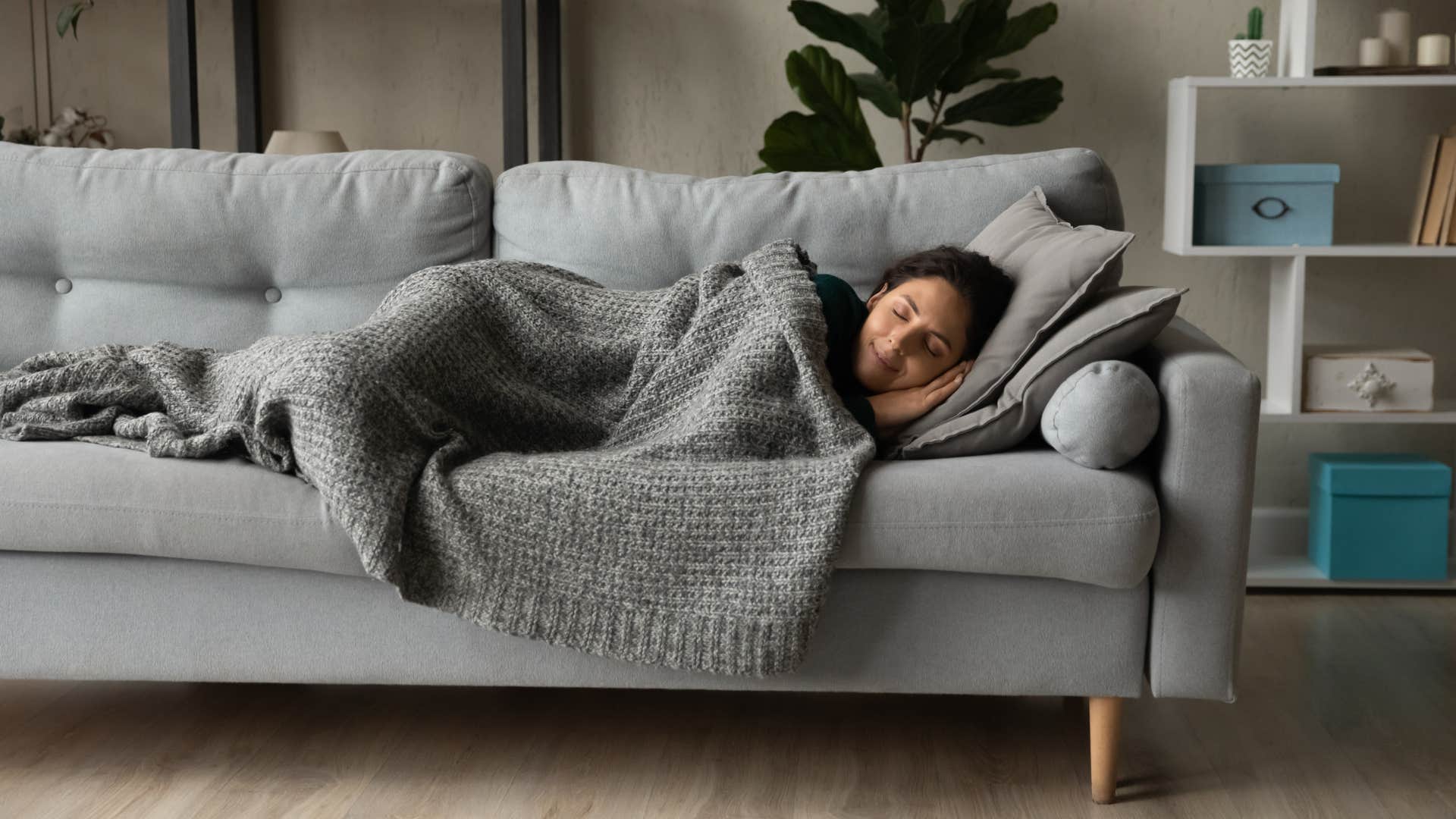 fizkes / Shutterstock
fizkes / Shutterstock
A NASA study found that naps improve memory. Ninety-one study participants spent 10 days in a laboratory setting, with a sleep schedule ranging from four to eight hours, including daily naps. Researchers found that naps improved working memory, which is critical for performing complex tasks.
Ready to add these incredible benefits to your daily routine? There is a fairly specific science to taking the perfect power nap. Daniel Tenner, author of How I Mastered the Power Nap, shares one important consideration:
“Napping is not sleeping. To get the benefit of a refreshing power nap, you don’t need to fall asleep. It’s enough to relax and let your thoughts drift off, even while remaining mostly awake. If you can do this properly (it does take some practice), you can power nap even if you find it impossible to fall asleep quickly.”
The purpose of power napping is not to fall asleep. Rather, it’s to revive the brain, offering a quick refresh and boost of alertness.
10-20 minutes is the optimal nap length–your body won’t have time to go into a sleep cycle, so it will be easy to wake up and get moving again. Some science has even shown that a super quick 6-minute nap may even be enough time to offer notable benefits. The most important consideration is to keep power naps under 30 minutes. It’s much harder to wake and revive at that point.
Consider this: If you dream during your power nap, it may be a sign of sleep deprivation. Napping offers many benefits, but it can’t make up for a significant lack of quality sleep. So, take note and head to bed early if your body needs more than a power nap can give.
When's the best time to power nap? Nodding off whenever you please isn’t necessarily optimal. The best time for a nap is between 1 p.m. and 3 p.m., right after lunch. If you work at home, it’s a no-brainer to hop in bed or hit the couch for a 20-minute power nap.
What's the best way to power nap? For a quick boost of alertness, a 20-minute power nap is all you need. Most experts recommend sleeping slightly upright–it helps you avoid a deep sleep, which can be harder to awake from. Here are two other expert ideas on fitting a perfect power nap into your day:
Where should you nap? If you work at an office, you may need to get creative about your napping options. Most people get an hour off for lunch, so after you eat, find your ideal spot and set the alarm on your phone. If you have your own office, shut the door and either rest your head on your desk or bring a mat and blanket for the floor. If you don’t have your own office, try an empty conference room or go out to your car and put up a privacy screen.
How else can you boost your health with sleep? If you’re interested in taking your health to the next level, it may be as simple as getting more sleep. Tune into the three videos below to discover how your napping and sleeping habits may be keeping you from reaching your weight loss goals–and what to do about it. The science may surprise you:
Yuri Elkaim is a Registered Holistic Nutritionist and author of the NYTimes Best-selling book The All-Day Energy Diet.

